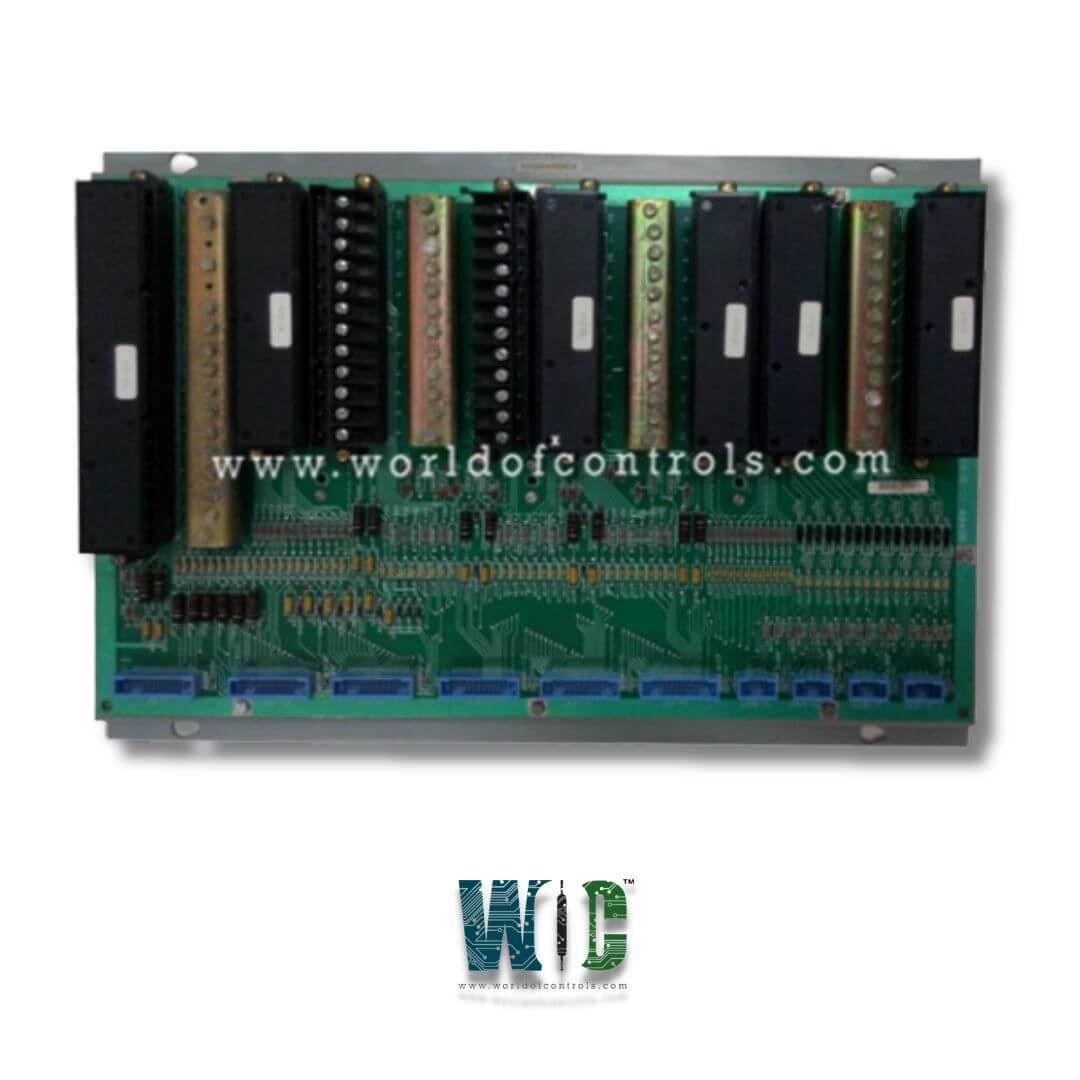
World Of Controls understands the criticality of your requirement and works towards reducing the lead time as much as possible.
DS3800XAIB1E1E - Backplane Analog I/O Board is available in stock which ships the same day.
DS3800XAIB1E1E - Backplane Analog I/O Board comes in UNUSED as well as REBUILT condition.
To avail our best deals for DS3800XAIB1E1E - Backplane Analog I/O Board, contact us and we will get back to you within 24 hours.
Part No.: DS3800XAIB1E1E
Manufacturer: General Electric
Country of Manufacture: United States of America (USA)
Technology: Surface-mount
Product Type: Backplane Analog I/O Board
Availability: In Stock
Series: Mark IV
DS3800XAIB1E1E is a Backplane Analog I/O Board developed by GE. It is a part of Mark IV control system. Specifically designed to handle analog signals, which are critical in measuring parameters such as temperature, pressure, and flow rate. This I/O board allows the Mark IV control system to collect data from analog sensors and process it for accurate control and monitoring of turbine systems and other machinery.
The WOC team is always available to help you with your Mark IV requirements. For more information, please contact WOC.
What is DS3800XAIB1E1E?
It is a Backplane Analog I/O Board developed by GE under the Mark IV series.
What is the role of a Backplane Analog I/O Board in control systems?
The primary role of a Backplane Analog I/O Board is to convert analog signals (such as temperature, pressure, or flow) into a digital form that can be interpreted by the control system, and vice versa. This board helps in acquiring data from external devices, conditioning it, and passing it to the controller for processing, as well as controlling devices based on the processed signals.
How does the Backplane Analog I/O Board communicate with the control system?
The Backplane Analog I/O Board communicates with the control system via the backplane, a central connection point in the system. Signals from external devices are sent to the board, which converts them into a digital format. The board is connected to a controller (such as a PLC or DCS), which processes the data and makes decisions based on it. The processed signals are sent back to the board, where they can be used to control actuators, valves, or other devices in the system.